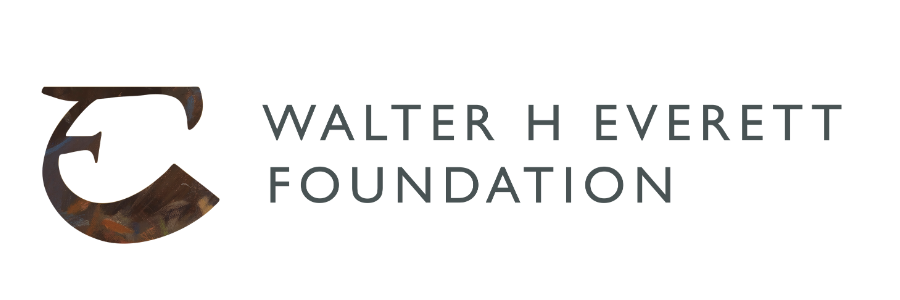News and Blogs
We Just Gave Our Collection a Major Glow-Up. Prepare to Obsess.
A brand new collection page and a 30% discount code… do we have to say more?
Only $50 Away from Our Goal – Help Bring Two Stunning Paintings to the Collection
Support our campaign and get a free giclée paper print!
Preserving Walter H. Everett's Legacy: A Crowdfunding Initiative for Two Captivating Originals
We need your help to bring two incredible Everett originals into our foundation for public benefit. Support our cause and donate today.
Fine Art Connoisseur, May/June 2024
Walter H Everett and the new foundation are featured with a six-page spread in the May/June 2024 edition!
Unveiling the opening of our web shop!
We are proud to open our webshop with a limited edition release of Walter H. Everett's 1934 masterpiece, "The Sycamores." In homage to the artist's craftsmanship, we are offering museum-quality, original-scale prints on canvas and a selection of giclée paper prints.
Part 3: The True Believer (1922 - 1935)
Part 3 of 3 essays by Kevin Ferrara. Though the first two decades of his career were marked by fame, experimentation and a youthful joy in technical virtuosity, Walter Everett had only now and again shown flashes of the true extent of his gifts on the national stage.
New Color-Corrected Images
New images bring truer color and higher resolution to Walter’s original works.











